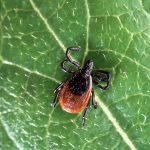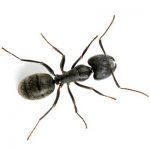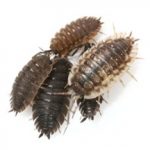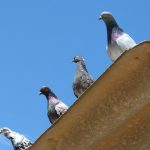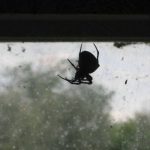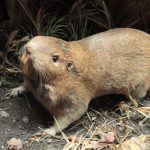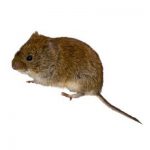Tales From The Tech: The Cockroach Hammock
This is a story that happened when I was in training. At the time, I had yet to get a properly fitting uniform, so my options were pretty much limited to flood pant level short or much too long. I opted for the latter usually, because when I was wearing my work boots the bottom … Read more


